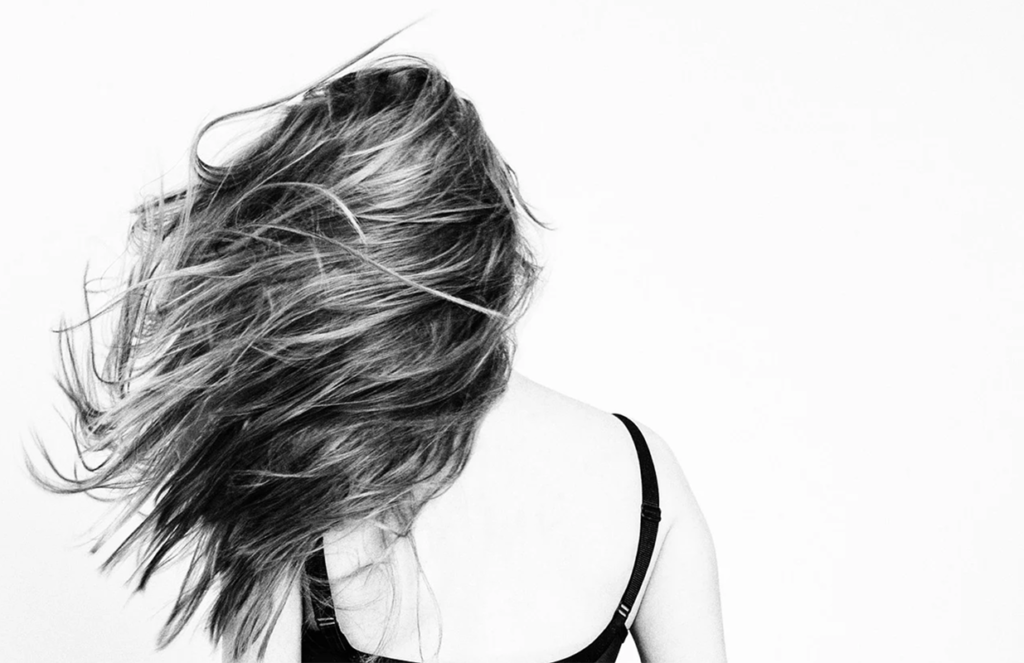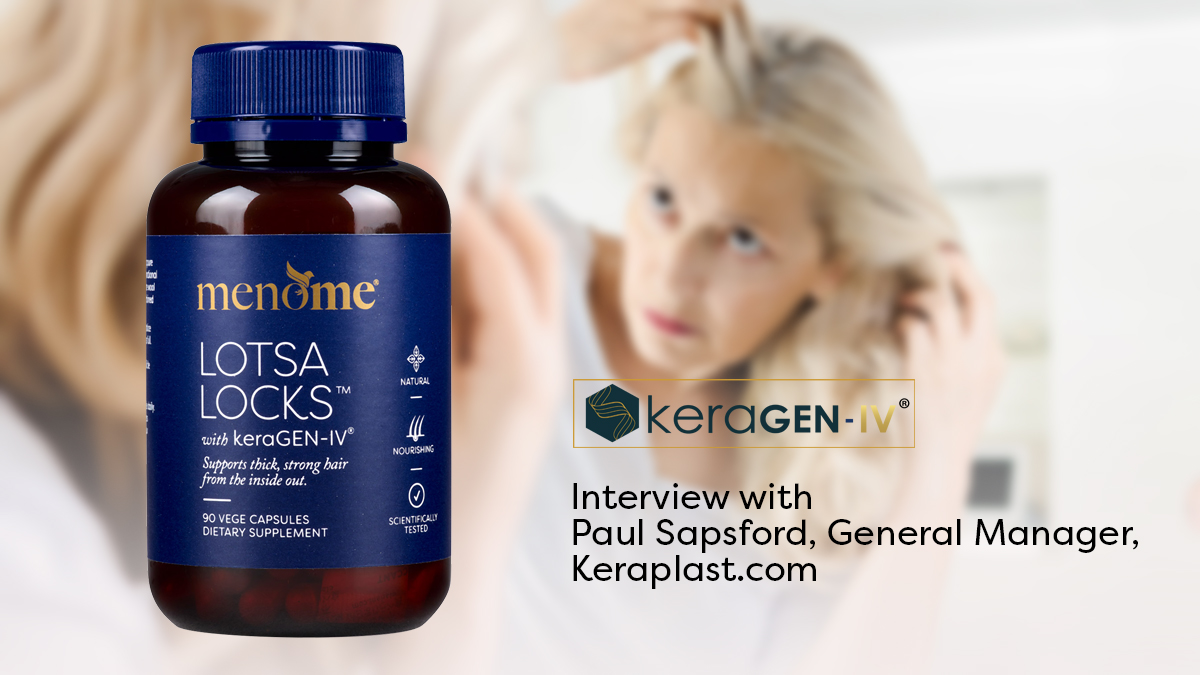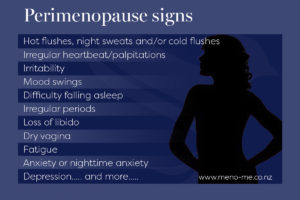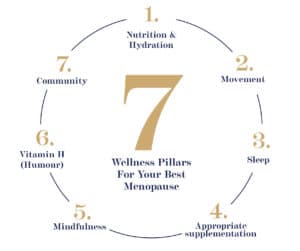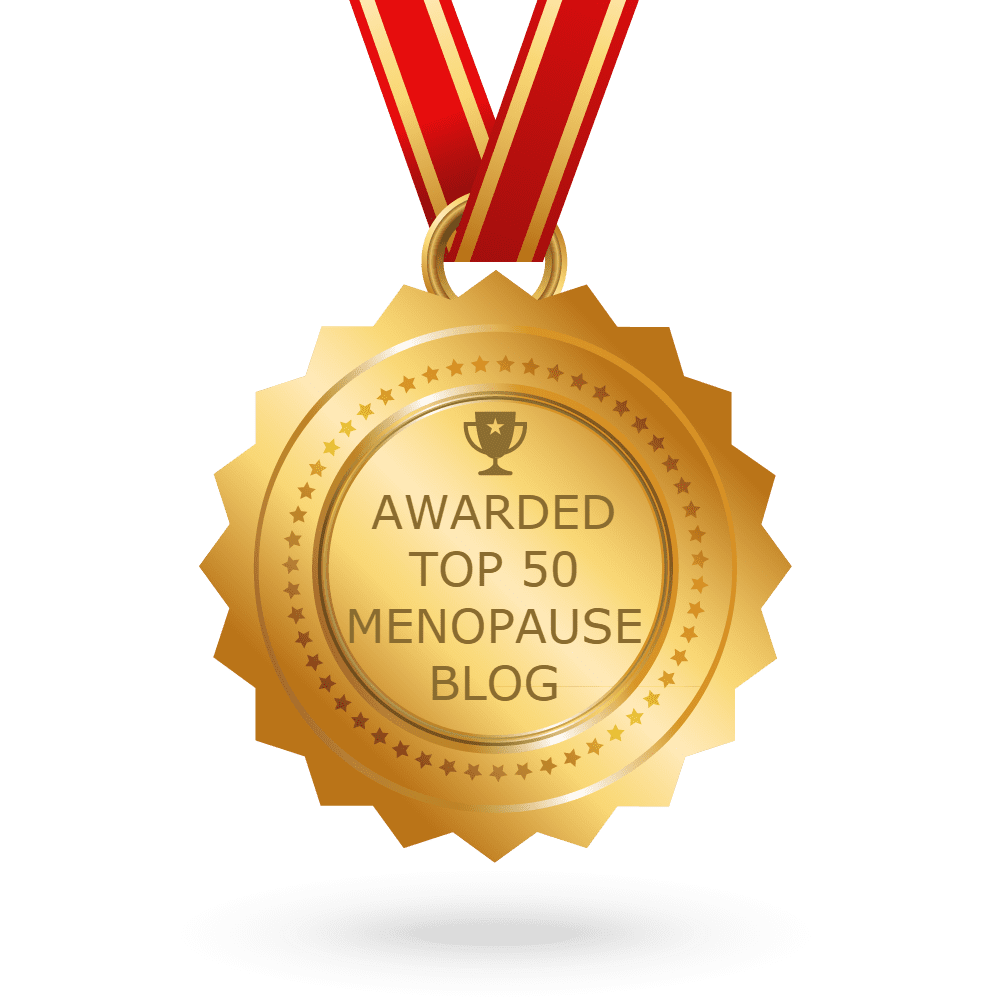Picture this: I’m in my 20s, out on the town, and random strangers are coming up and stroking my hair.
Apparently, it looked so healthy and glossy, they felt compelled to touch it.
Fast forward 24 hours: I’ve suffered a head injury, and that once ‘strokeable’ hair had to be shaved off. I ended up wearing a wig for several months. (But that’s a tale for another day!)
The point is this – losing my hair felt more devastating than the injury itself.
Over the years, I’ve worked with many women going through chemotherapy, and countless times I’ve heard the same thing: Losing their hair was more traumatic than their diagnosis.
Women, Identity & Hair 💇♀️
It’s no surprise. There’s a deep connection between hair and identity, especially for women. In fact, entire sociological studies explore how our sense of self is often tied to our locks.
The point is this — losing my hair felt more devastating than the injury itself.
Over the years, I’ve worked with many women going through chemotherapy, and countless times I’ve heard the same thing: Losing their hair was more traumatic than the diagnosis.
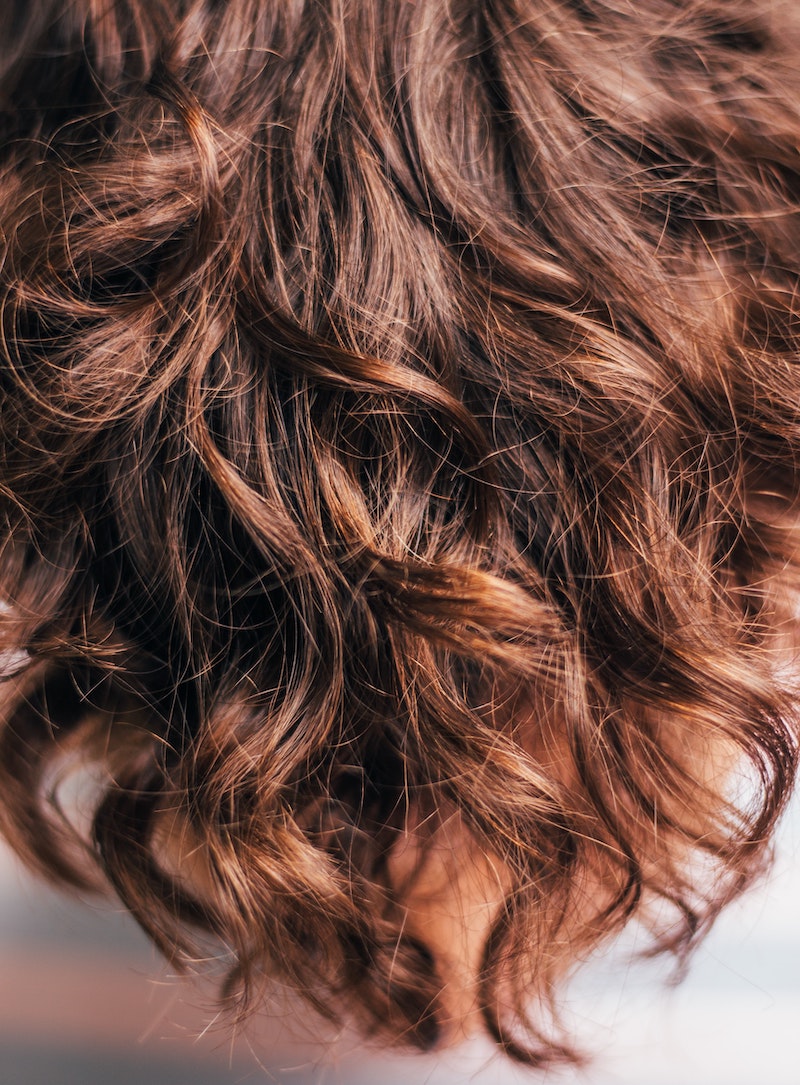
Indeed, throughout history, hair has been considered a symbol of femininity – even earning the title ‘crowning glory’. That phrase? It’s believed to have originated from a biblical line: “If a woman has abundant hair, it is a glory unto her.”
Modern research backs this up, too. Studies show that when we’re having a bad hair day, we often feel like we’re having a bad day, full stop.
So when our hair start to thin, feel brittle, or just isn’t what it used to be – especially during perimenopause or post-menopause – it can take a toll on our self esteem and sense of self..
Which brings us to…
The Hair Shift In Menopause 💇♀️
One of the visible (and frustrating) changes during perimenopause and menopause? The shift in hair density and condition. It’s incredibly common. In fact, most women will experience some degree of hair thinning or loss (or ) by the time they reach post-menopause.
This is known as female pattern hair loss (FPHL) or androgenetic alopecia, and it affects approximately 40% of women by age 50. Even more sobering? Few than 45% of women will reach their 80s with a full head of hair. Source.
So what’s going on?
It all comes down to hormones – of course! Hair loss in midlife is typically driven by fluctuations in estrogen and androgens (like testosterone and DHEA). Under normal conditions, these androgens convert into dihydrotestosterone (DHT), which plays a key role in blood flow and follicle health.
But when hormonal balance goes haywire (as it often does in menopause), DHT can start doing the opposite – shrinking follicles and disrupting the natural rhythm of your hair’s growth cycle. And let’s not forget the estrogen-progesterone imbalance, which is equally essential for keeping your strands lush and strong.
A Quick Refresher: The Hair Growth Cycle
Every single strand of hair on your head grows from a tiny structure called a follicle. And each follicle follows a natural cycle that includes three key phrases:
- Anagen – the active growth phase
- Catagen – The transition phase, where the hair stops growing
- Telogen – the resting phase, where the follicle chills for around three months before shedding
Each follicle is on its own little journey cycling through growth for two to five years before taking a well-earned rest. And yes, it’s perfectly normal to shed about 50-100 strands a day – so don’t panic if your hairbrush looks a little “lived-in”.
But here’s where things can get a bit…well, meno-messy. Menopause, along with the usual suspects – stress (hello, life!), illness, thyroid hiccups, and less-than-stellar nutrition – can throw a spanner in the works. Sometimes these factors even team up, especially during menopause, to disrupt your hair’s natural rhythm.
When this happens, a follicle might decide to hit the snooze button for longer than usual. If it stays inactive or starts to shrink, you’ll notice your hair becoming thinner may even turn off for an extended period. And if it becomes inactive or shrinks, hair will become thinner or shedding more than you’d life..
Wondering is this is happening to you? Your hairbrush is the ultimate tattletale. A few strands per brush is business as usual, but if you’re emptying it more often than your inbox, your hair might be waving a little white flag.
It’s a tangled web of science (pun intended) and that’s exactly why we created…
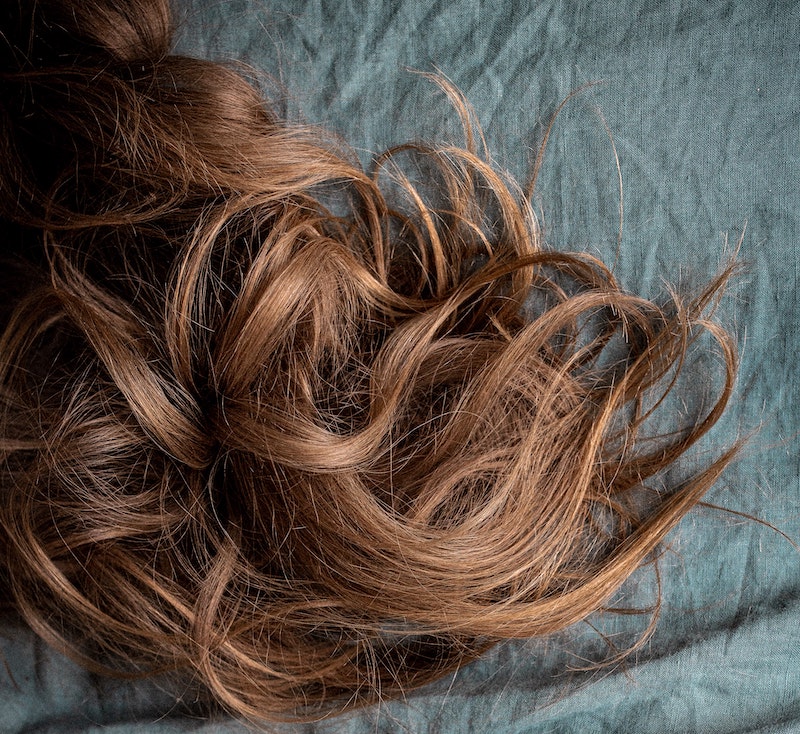
A thinning hair solution: LotsaLocks® with keraGEN-IV®
LotsaLocks® – Your New Hair Hero
LotsaLocks® is all about giving your hair follicles the TLC they deserve, working from the side out to boost strength and shine.
The secret sauce? keraGEN-IV® – a clever, digestible keratin protein loaded with teh superstar amino acid cysteine (think of it as a VIP pass to healthy, lustrous hair).
And here’s something to get excited about: fresh research from July 2024 shows that nearly 90% of women saw real results with keraGEN-IV®. That’s not just science – that’s a hair revolution.
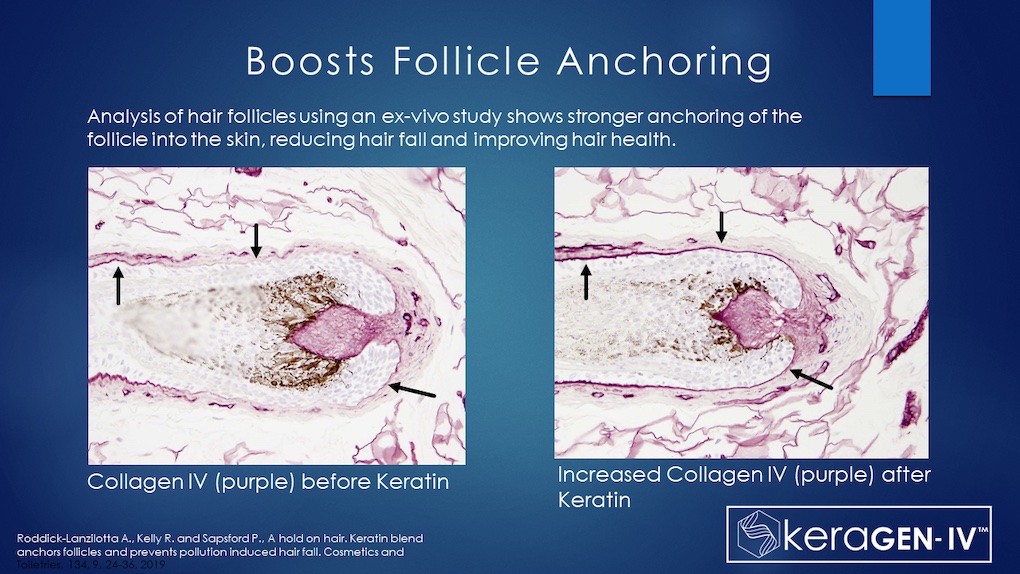
But wait, there’s more! keraGEN-IV® has been scientifically shown to support thicker, stronger hair. And as a delightful side effect, you might just notice your skin and nails stepping up their game too. (Cue the happy dance!) 😊
We’re also pretty proud of where our keratin comes from. It’s ethically sourced from the wool of sheep raised right here in New Zealand, on regenerative farms. So you can feel good knowing no animals were harmed – just a few sheep getting stylish trims.
And because we love a good hair-boosting combo, we’ve added biotin (a member of the vitamin B family and a legendary hair helper) to the mix.
Ready for long, stronger hair? LotsaLocks® has your back (and your scalp)! Read our stories…
How LotsLocks® gave us back our crowning glory (aka hair)
Jenna
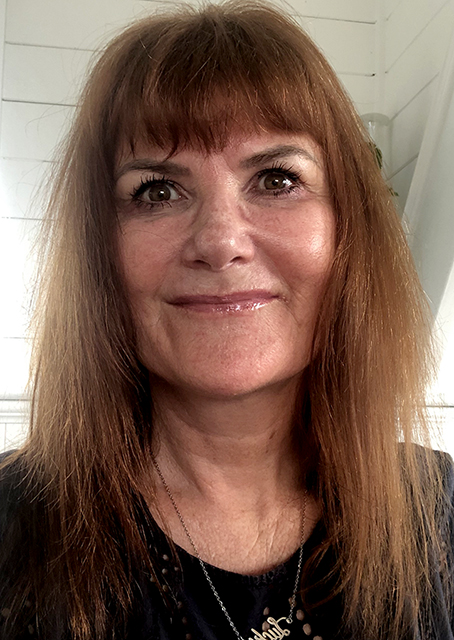
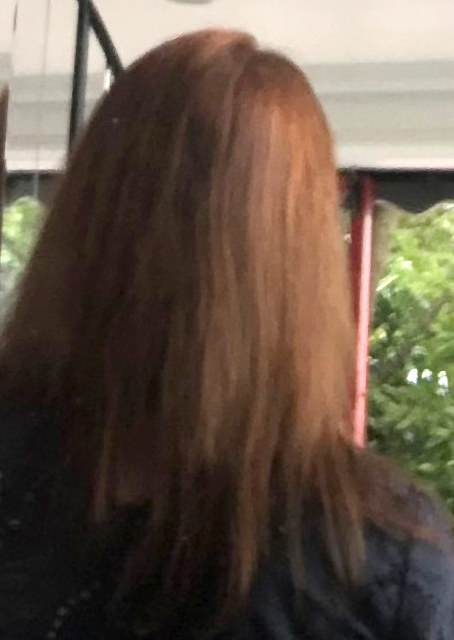
I’ve been using LotsaLocks® and to tell you I’m a huge fan would be the understatement of the year. Let me say it louder for the people in the back: I am a HUGE fan.
My hair has always been fine but plentiful – a bit like a field of wildflowers, only on my head. But over the last two to three years, I started noticing my (very strokeable 🤣) hair thinning out. And, to add insult to injury, my part line decided to go on its own little expansion journey.
Cue a small dose of distress. Because ever since my head injury, I’ve had a bit of an attachment to my hair. (Can you blame me? 🤣)
Fast forward to now: I’ve been taking LotsaLocks® for several months. The first thing I noticed? My nails were suddenly thicker and stronger. Next, my hair became easier to manage, and the part line wasn’t looking so dramatic.
After about three months, I could actually see my hair looking denser and thicker at the roots. But the real clincher has been these last couple of weeks – I can’t stop running my hands through my hair because it feels like there’s so much more of it! (Pure joy.) And the condition? So much better.
Update
Rose
Our friend Rose Sievers has also been testing LotsaLocks® for the past three months. Here’s what she had to say:
My hair has always been fine and I’ve always worn it up but it had grown much finer. As a result, my hair would fall out if I tried to wear it up. I wear a lot of black and people had started to pick fallen hairs off my clothes but I noticed that that stopped happening. After about six weeks I got excited as when I put my fingers through my hair I could feel new growth. I tried putting it up again and it stayed up all day! 😊 I told my daughter Nikki about LotsaLocks® and she was sceptical. She also tends to be brutally honest. But the other weekend she said to me, “You know, I really can see a difference in your hair.” And my son Matt’s friend, Taylor, was at our place the other day. He put his hands on my ponytail (he's like a second son) and said “your hair feels so soft”. These days I use a banana clip to put it up on the weekends - I’ve never been able to do that before. Now, when I take it down I look at my hair and think how much thicker it is.
Rose Sievers
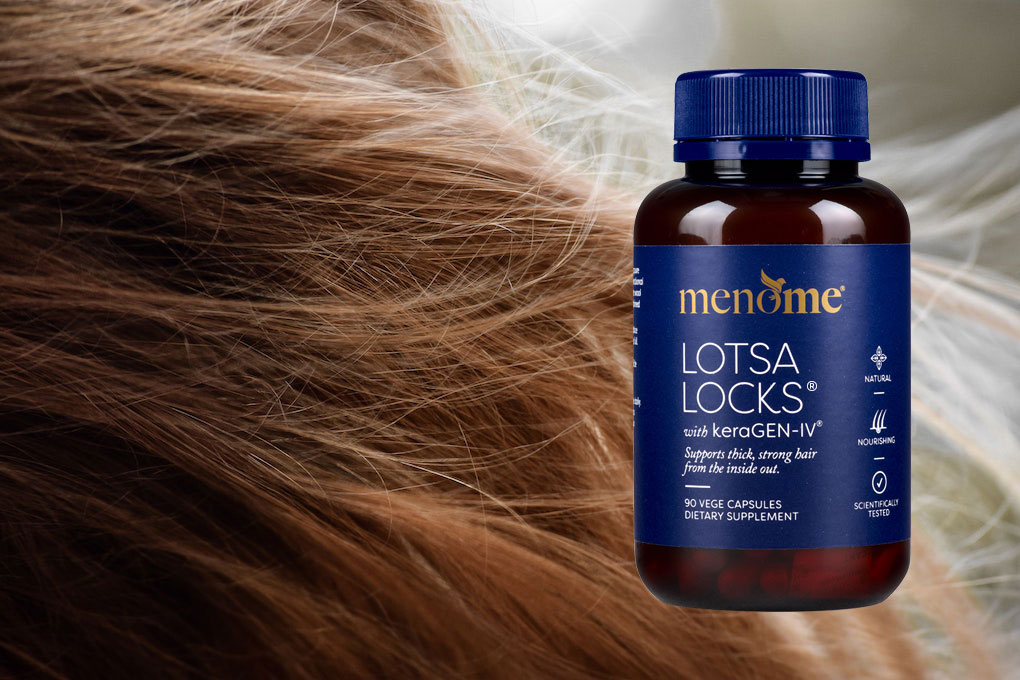
Disclaimer: Our articles are a guideline only. Hair loss and thinning could also be due inflammatory conditions, thyroid dysfunction or autoimmune conditions. This article should not take the place of medical advice. If you’re experiencing ongoing hair loss please see a functional medicine practitioner, dermatologist or endocrinologist.
Just so you know: this article is written by a real person who has studied the physiology of menopause and women’s healthy ageing. While we may use AI as an assistant, the research, insights and heart behind every piece comes from us.
